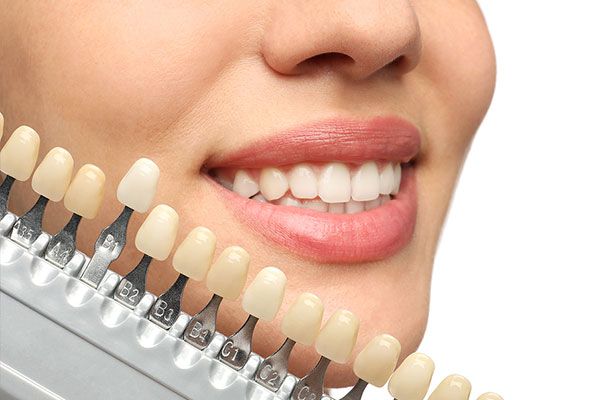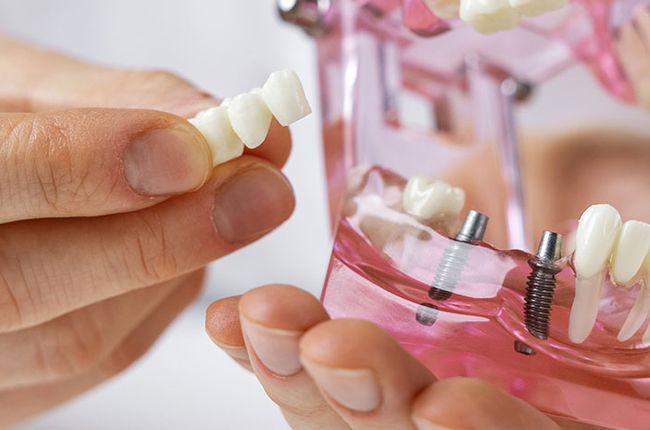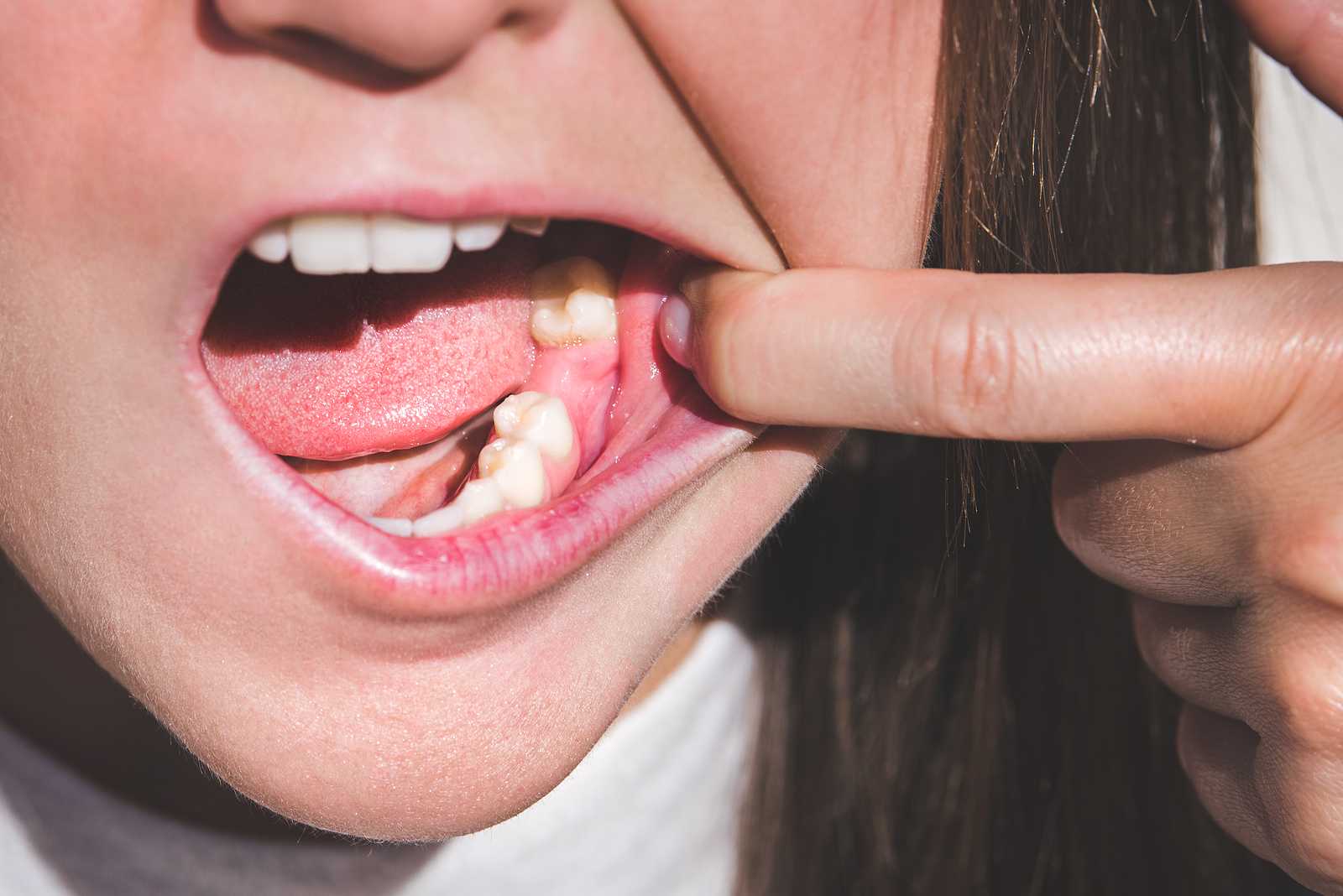Porcelain Bridges in Springfield, MO
A dental bridgeis a false tooth or a set of false teeth that are fixed in its place by the anchor teeth, called abutments, on either side of the missing tooth or teeth. They link the void that is formed due to missing teeth. Bridges can be made from a variety of materials including porcelain that blends with the teeth’s natural color and enhances the aesthetics.
There are four types of dental bridges:
Traditional: One or more artificial teeth are cemented to the anchor teeth
Cantilever: Artificial tooth connected to the natural tooth with a crown
Maryland: Artificial teeth fused with a natural tooth replace the visible portion.
Implant-supported: They are traditional bridges supported by dental implants to support them.
Among these, traditional porcelain bridges are most commonly done.
What Are the Advantages of Dental Bridges?
- Restores daily teeth functions like chewing and biting food
- Maintains the shape of your face and reestablishes proper pronunciation
- It prevents the repositioning of the other teeth to the gaps and maintains your bite force.
What Is the Procedure for Getting a Dental Bridge?
In the first appointment, the anchor teeth, also known as abutment teeth, are prepared. This includes reshaping the teeth. Local anesthesia is used to numb the tissues during the procedure. Impressions of the teeth are taken and sent to dental laboratories to prepare the crowns and bridge. A temporary bridge, made of filling material, is placed on the teeth to protect them from damage while the permanent bridge is being made.
In the next appointment, which usually takes place three weeks after the first appointment, the temporary bridge is removed, and the prepared teeth are thoroughly cleaned. Dental cement or implants are used to fix the bridge to the abutments. After a bite test, required adjustments are made. The bridge is then cemented to the abutments.
Taking Care After the Procedure
- Brushing your teeth twice daily using a soft-bristled toothbrush, fluoride toothpaste, and floss.
- Using an antiseptic mouthwash
- The underneath of the bridges are to be cleaned regularly to avoid bacterial growth by feeding floss underneath the pontic and cleaning the sides of the adjacent abutments.
- Avoid hard and sticky food items as they may dislocate the bridges
- Do not consume food and drinks with excess sugar and acidic content
- Reduce smoking and chewing tobacco to avoid stains on the bridges
Please reach out to iTooth Family Dentistry in Springfield, MO, to have a consultation with our dentists, Dr. Robbins or Dr. Fincel. Call Dentist Springfield MO at (417) 883-8515 or schedule an online consultation, and we’ll guide you further.






















